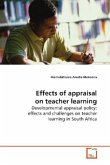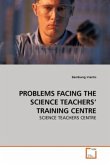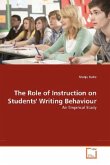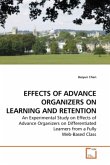Many children experience middle ear problems in early childhood. For some children, chronic fluctuating, conductive hearing loss results from their experience with Otitis Media with Effusion, despite medical efforts, including repeated medication and the insertion of tympanostomy tubes (grommets). While there are conflicting findings in the research literature regarding the effects of this, it appears that for some children, experience with Otitis Media with Effusion is associated with various educational problems, including poor academic achievement and inappropriate behaviour. This research investigates the possibility of these effects continuing into the high school years. It reports on the learning and behaviour of adolescent students with a history of childhood middle ear disease including, for some, the insertion of tymapostomy tubes. Results include interesting gender differences. This research identifies a number of associated teaching and learning issues including noise levels in childcare environments and school classrooms, current teaching and learning methodology and the education of new teachers.








